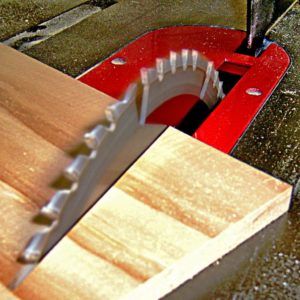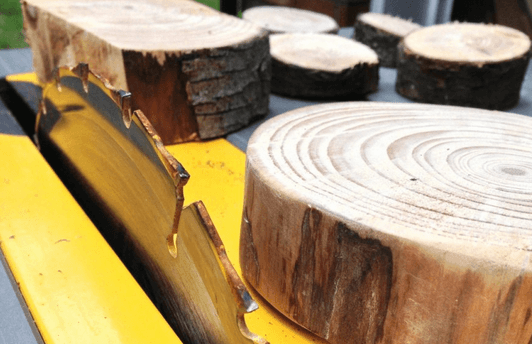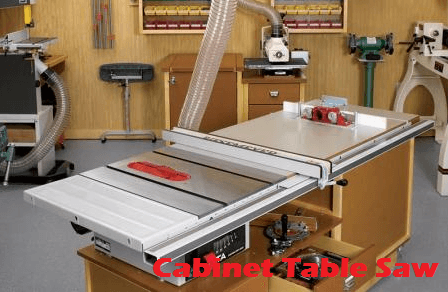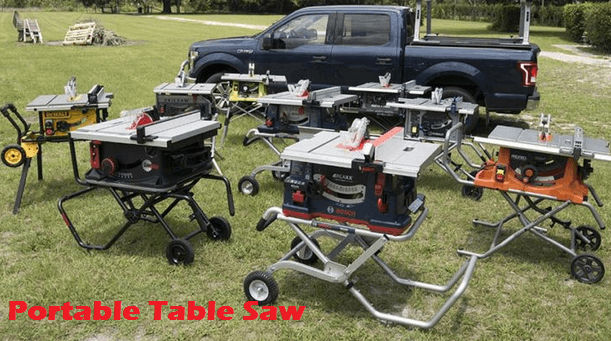As an Amazon Associate, I earn from qualifying purchases.

Cutting boards might not be the most glamorous of wood working projects, but they are not without merit. They don’t use up a lot of material, and so are nice to give away as casual gifts or even as seasonal promotions for your valued customers They are a great way to use up scraps that are too small to use but are too big to throw away. (Don’t laugh—you know exactly what I’m talking about.) And At you sell your work at craft fairs; you can usually keep the puce point down to where it is manageable for most people.
Design-wise, almost anything goes. A cutting board’s function is pretty much built right in, so your primary concerns are aesthetic ones. You can easily cut and sand a pretty piece of wood and call it a cutting board, or glue several contrasting pieces together for a more striking effect (Goodnees knows I’ve made more than my share of cutting boards this way.)
The shape of the first cutting board is what I’ve come to call a “squircle” or square circle. It starts out as three separate pieces of wood edge glued together. The squircular cutting boards in the photo are made from oak and walnut with a 3/16-inch strip of cherry glued in between. (The cherry strip doesn’t show much in the photos, but it should provide a nice contrast in between the oak and the walnut as It darkens over time, The circular cutting board is made from cherry and hickory and Is glued up a few pieces at a time I usually try to use 5/4 or even 6/4 stock for cutting boards as I like the look and feel of the extra thickness. I also think thicker cutting boards are less likely to warp.
You Can’t Do That on a Table Saw!
The table saw is the most versatile power tool in your woodworking shop. Short of applying the final finish, the saw can do tricks you never thought possible. Ken Burton shows you how to use the e saw to make wood- working projects that will amaze and inspire you. As a bonus, this blog comes with a 105 minute DVD that shows Ken giving live demos of the techniques he talks about in his blog as well as how to use the table saw safely.
SPIRAL TURNING ON THE TABLE SAW

If you enjoy making period furniture reproductions, or if you’ve got a repair project on your hands, the ability to turn spirals easily without a lathe might be appealing. And even if you’re not in either of these situations, you might find yourself looking around for opportunities to put this fixture to work.
A variety of patterns and sizes can be created by simply varying the miter gauge angles. This technique will work on round stock of any diameter.
Because this process involves operating the table saw in an unusual manner, I suggest working slowly and carefully. I also suggest that you practice on scrap stock first.
TABLE SAW CUT OFF FENCE
If you need to crosscut a large quantity of pieces to the same length, measuring and marking each piece usually becomes tedious and inefficient. This fixture provides a way to crosscut on the table saw with no measuring required. It will save a lot of time and it provides consistent results. If you prefer, the fence can also be attached to a miter saw.
Drill the holes at whatever intervals you like—I drilled 1/4”-diameter holes spaced 1 apart on center. You can simply mark out a row of holes with a ruler, or you could use a scrap of pegboard as a template.


Leave a Reply